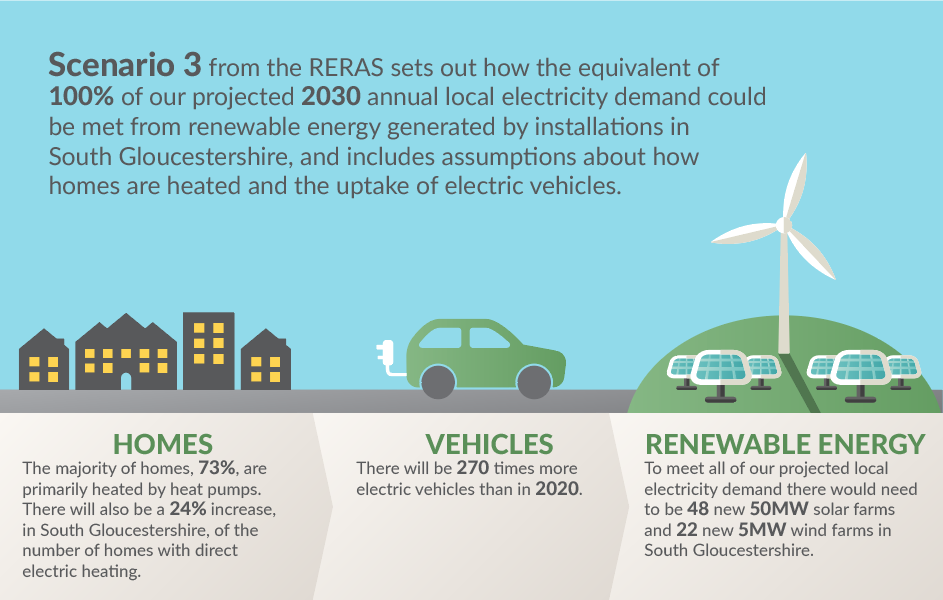Nothing became the grasping of the recent Conservative leadership election like the pariah policy promises on solar farms. Brandished by both candidates, this was the ultimate kowtow to the rarefied constituency that made the choice for the other 67 million of us.
In a roundabout way I blame the rural local authorities. Renewable energy at the scale necessary to decarbonise the national grid is a chronic blind spot of their net zero plans. This silence has allowed diehard nimby defenders of the shires to be heard at the highest level.
Thanks to the Climate Emergency UK database and its excellent search tool, my observation about local authority plans can be verified with depressing ease. Bland encouragement for renewable energy is universal; solid goals for new local generation required for net zero, with actions and land-use plans in support, stand out as exceptions. Most local climate plans have simply not addressed the implications of national targets for solar and onshore wind suggested in the 6th Carbon Budget and the British Energy Security Strategy.
Three years on from the surge in local authority declarations of a climate emergency, such oversight is degrading evaluation of net zero progress. Projects that accelerate transition to electric vehicles and heat pumps are rightly applauded for reducing emissions, but supplying the increased demand for electricity is taken for granted.
Instead of valuing local energy supply as incremental progress in powering the local economy, new renewable energy installations are often presented by their developers as cutting emissions, through reduction in carbon intensity of the national grid. Such equations offer a degree of mathematical comfort but they reduce emphasis on the critical business of reducing local emissions at source.
Further muddle occurs in assessing the aggregate carbon performance of a district. “Our local authority has power to influence only a third of emissions in our area” is frequently offered as the explanation for trailing behind over-ambitious promises. But this statement is invalid for local renewable energy. For example, local authorities have full powers to approve large scale solar projects – and investors are queueing up to finance them, without subsidy.
Failure to accommodate this potential in local climate plans has left rural communities poorly informed about the decentralised characteristic of solar and wind technologies. Opponents of large solar projects have been able to unleash their objections within a low threshold of analytical rigour, notably by exaggerating the potential of urban environments to deliver energy security.
All rural communities will have a critical role to play in grid decarbonisation, a role that has mushroomed in economic and ethical responsibility as the energy crisis reaches into every home.

A local authority should commit to a target for local supply of electricity in relation to local demand, commission GIS technology to identify areas suitable for solar and wind generation as the evidence base for the Local Plan, and present a 2035 scenario of local decarbonisation, supported by actions to achieve it.
There are a small number of enlightened local authorities that are moving in this direction. Promising signs are evident in Woking, Stroud, South Lincolnshire, Devon and Cornwall. The South Gloucestershire Local Plan consultation on renewable energy, in particular, ticks all the boxes and should be compulsory reading for every local authority committed to net zero.
******
Developing a strategy for renewable energy from South Gloucestershire Council Local Plan review
Solar farms and land use in a changing climate: a response to Liz Truss and Rishi Sunak, from Regen